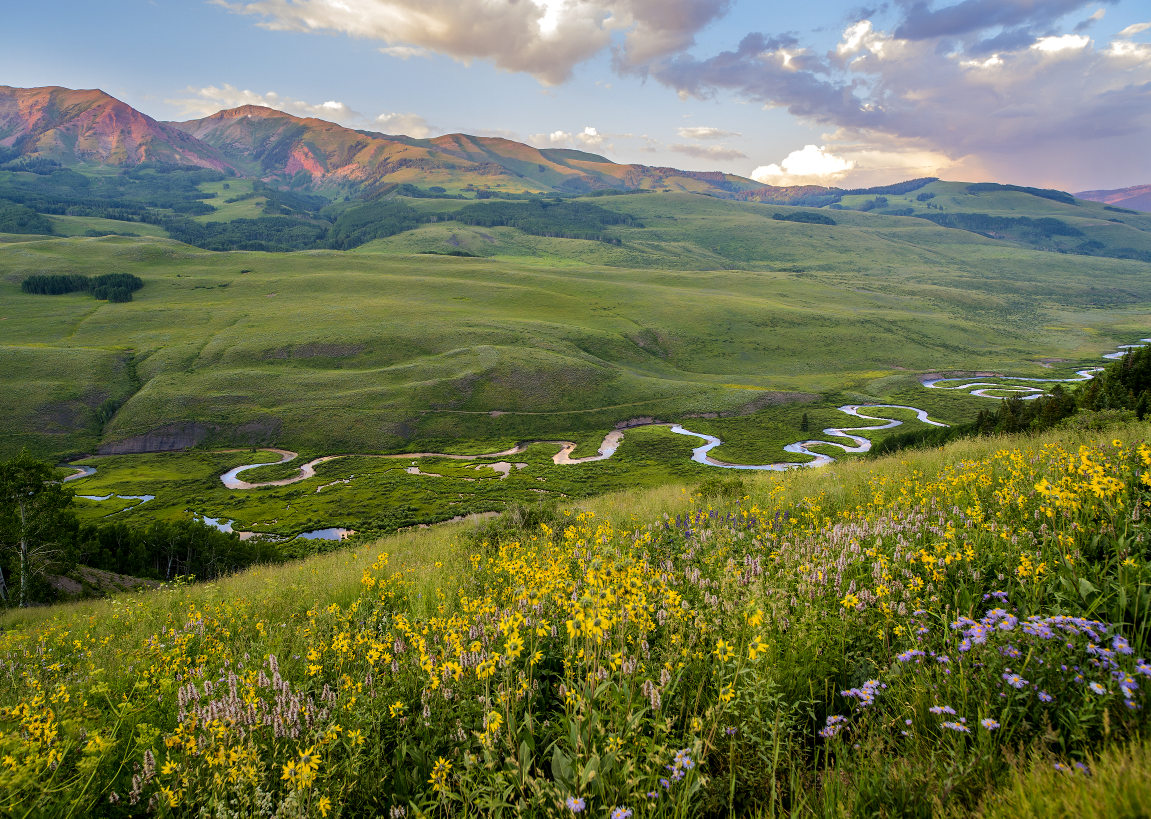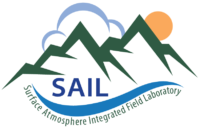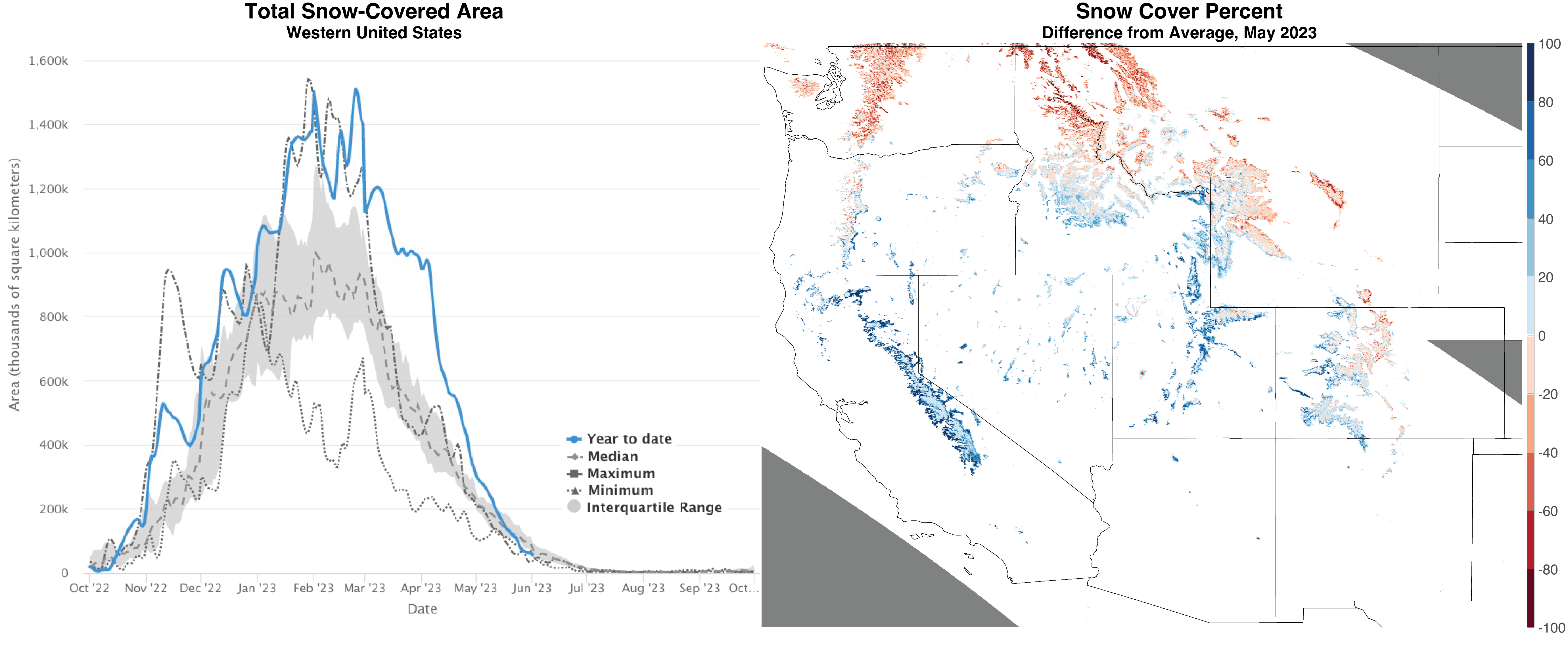| NASA SnowEx (2017-present)  SnowEx is a multi-year program initiated and funded by the NASA Terrestrial Hydrology Program to address the most important gaps in snow remote sensing knowledge. It focuses on airborne campaigns and field work, and on comparing the various sensing technologies, from the mature to the more experimental, in globally-representative types of snow. The goal is to address the most important gaps in our snow remote sensing knowledge, and thus lay the groundwork for a future snow satellite mission. Website Science Plan (Co-Authored by Dr. Raleigh) |
| DOE Watershed Function Science Focus Area (2018-present)   Despite significant implications for energy production, agriculture, water quality, and other societal benefits important to U.S. Department of Energy (DOE) energy and environmental missions, uncertainty associated with predicting watershed hydro-biogeochemistry and its dynamic response to disturbance remains high. To address this uncertainty, the Subsurface Biogeochemical Research program within DOE’s Office of Biological and Environmental Research (BER), is supporting the Watershed Function Scientific Focus Area (SFA).Watershed Function SFA research focuses on the snow-dominated, high-elevation East River Watershed of the Upper Colorado River Basin. Streamflow originating from snowpack feeds much of the Colorado River, which in turn provides water to one in 10 Americans across seven western states and hydroelectric power to millions, irrigates over 5.5 million acres of agriculture, and supports over $1 trillion per year of economic activity. The complexity and vulnerability of this river basin to disturbance are emblematic of other high-mountain regions worldwide. Website StoryMap |
| DOE Surface Atmosphere Integrated Field Laboratory (SAIL) 2020-present  The SAIL campaign is a near two-year deployment of an advanced atmospheric observatory operated by the U.S. Department of Energy’s Atmospheric Radiation Measurement (ARM) user facility. ARM will bring one of its mobile facilities with more than four dozen advanced instruments measuring precipitation, clouds, aerosols, winds, radiation, temperature, and humidity to the East River Watershed site near Crested Butte, Colorado. Through SAIL, atmospheric scientists will collaborate with surface and subsurface researchers investigating watershed hydro-biogeochemical processes through Berkeley Lab’s Watershed Function Scientific Focus Area project to create an atmosphere-through-bedrock integrated field laboratory at the East River. Their observations of the above- and below-ground factors impacting hydrology at various scales across the 300km watershed will provide insights into how Upper Colorado River watersheds interact with the atmosphere to produce water, and help determine whether representations of key physical processes are sufficient for Earth System Models to project future water resources. Website |
| Snow Today at NSIDC and INSTAAR (2020-present)  Snow Today, a scientific analysis website, provides a snapshot and interpretation of snow conditions in near-real time across the Western United States, told with a unique combination of satellite data and surface observations. Whether you are part of the Earth Science community, a natural resources manager, or just someone wondering how much snow that last storm dropped in your neck of the woods or in your favorite mountains, this website speaks to you. Snow Today examines where snow is present, where it has snowed recently, and how much water is in the snow, while also comparing between snow today, snow yesterday, snow last year, and snow over the last few decades. Website |

